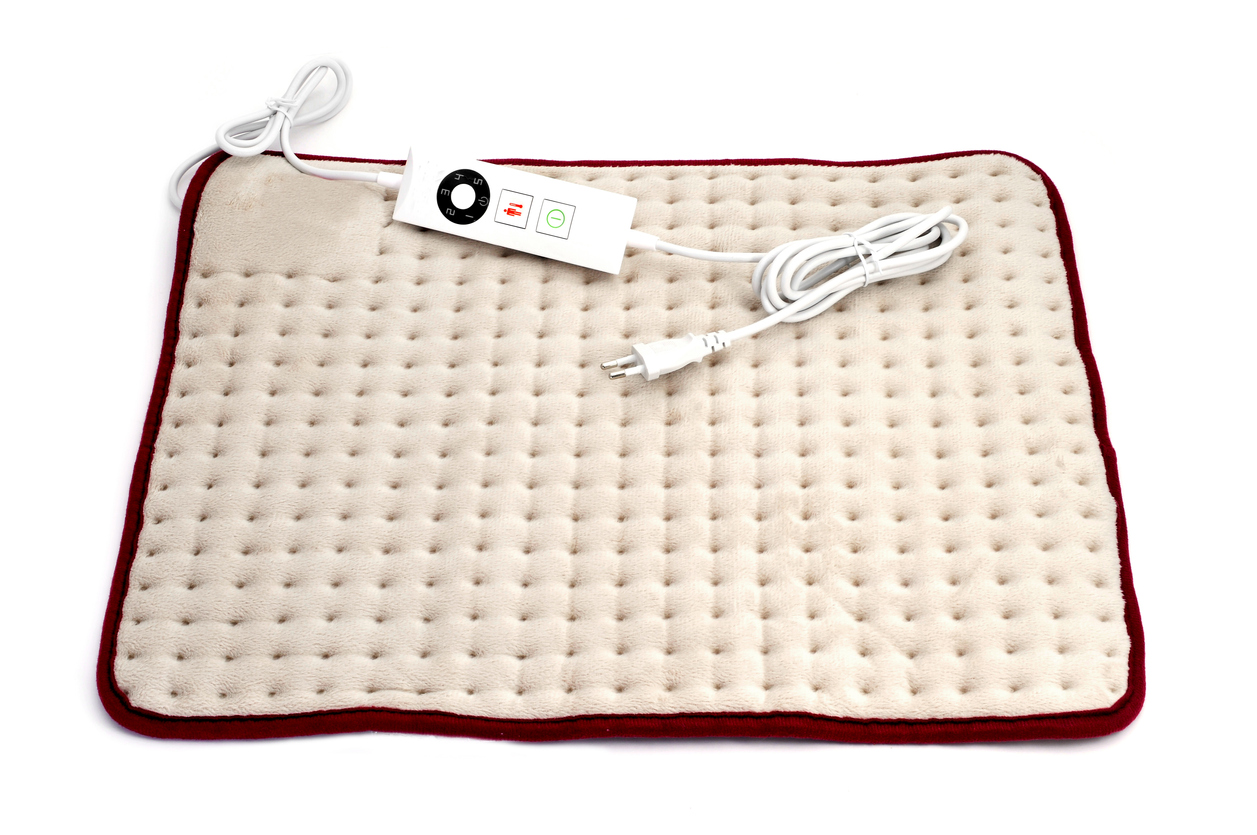Pain
Surgical Treatment Options for Spinal Fractures

What is a spinal fracture?
A spinal fracture, also known as a vertebral fracture or a broken back, is a fracture in any of the 33 vertebrae that make up the spinal column. In some cases, the spinal cord may be compressed or otherwise compromised.
Most spinal fractures can be managed without surgery through the judicious use of medication, bracing, physical therapy, and activity modification. If these non-surgical treatments for spinal fractures are not effective, a surgical procedure, such as a vertebroplasty, kyphoplasty, corpectomy/vertebrectomy, or spinal fusion may be recommended.
Vertebroplasty and kyphoplasty
Vertebroplasty and kyphoplasty are minimally invasive procedures that involve placing cement into fractured vertebrae. These procedures have a success rate of approximately 90%. They are commonly used to treat compression fractures that cause severe pain and disability for a significant time after the initial injury.
A kyphoplasty involves the following:
- Inserting a tube (under X-ray guidance) into the vertebral column
- Threading an inflatable balloon through the tube and into the vertebral body
- Inflating the balloon to restore the height of the vertebrae
- Filling the cavity (created by the balloon) with cement to maintain the height of the vertebrae
A vertebroplasty involves the following:
- Inserting a catheter into the compressed vertebrae
- Injecting the fractured vertebrae with bone cement, which stabilizes the vertebral column
A vertebroplasty does not correct spinal deformities; however, the procedure can reduce pain, which allows a quick return to mobility, preventing bone loss from reduced mobility.
Corpectomy/vertebrectomy
A corpectomy involves the surgical removal of a portion of one or more vertebrae and the adjacent discs. A vertebrectomy is the complete surgical removal of one or more vertebral bodies or discs. After the complete or partial removal of a vertebral body, the surgeon can reconstruct the spine using one or more of the following techniques:
- Bone grafts — typically from the fibula or femur — are placed around or between vertebral bodies. The bones may come from the patient, a donor or both.
- Mesh cages are usually made of titanium. A cage is placed between two vertebral bodies. The cage is filled with bone graft to allow the spine to fuse.
- Cement augmentation involves injecting medical grade cement into the defective vertebral body. This cement hardens and strengthens the bone.
Spinal fusion
A spinal fusion connects two or more spinal vertebrae to immobilize a section of the spine, improving stability and reducing pain. Generally, a spinal infusion involves the following:
- A surgical incision is made through the neck, back, throat or abdomen to gain access to the vertebrae.
- A bone graft, obtained from the pelvis of the patient or a donor, is prepared. (In some cases, a synthetic material is used instead.)
- Fusion involves placing the bone graft between the vertebrae. Metal plates, screws or rods are used to help hold the vertebrae together.
Immobilizing the spine can put additional stress on other areas of the spine. This may increase the rate of degeneration in those areas and may eventually lead to additional fractures.














